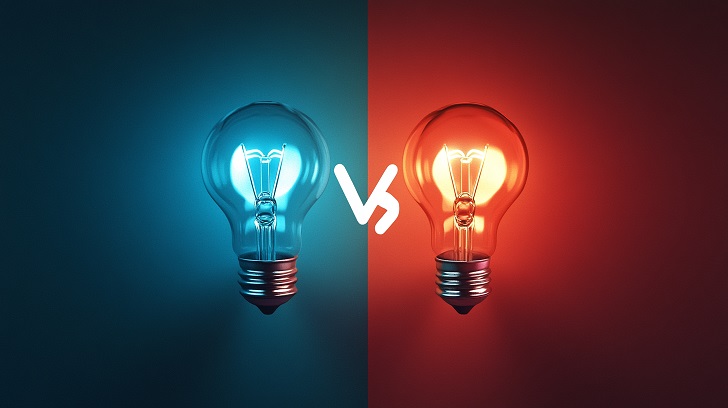When venturing into the startup landscape, the Minimum Viable Product, or MVP, is your first glimpse into the market’s reaction to your business idea. This product, stripped down to its most essential features, serves as a critical test and validation tool, providing significant insights that could make or break your startup’s future. But how can you tell if your MVP is a smashing success or a somber flop? Let’s delve into the best metrics to measure the success of your MVP.
User Engagement — The Heartbeat of MVP Viability
One of the fundamental indicators of an MVP’s success is user engagement. After all, a product that fails to ignite user interest might as well be rearranging deck chairs on the Titanic. Are your users routinely using your product? Do they spend a meaningful amount of time with it? Actions like logins, feature usage, and time spent on the app or website are critical to understand the stickiness of your MVP. Furthermore, a study by the App Attention Index indicated that user engagement could account for a 20% increase in revenue for companies that invested in improving this metric.
Conversion Rates — Turning Visitors into Gold
Another pivotal metric is the conversion rate. This metric tells you the percentage of users who have taken a desired action, such as signing up, subscribing to a newsletter, or making a purchase. Conversion rates give clear insights into the effectiveness of your MVP in convincing potential customers to take the next step. Increasing conversion rates can significantly impact your startup’s bottom line. As reported by WordStream, the average landing page conversion rate across industries stands at 2.35%, yet the top 25% are converting at 5.31% or higher.
Customer Feedback — The North Star of Product Development
Direct feedback from early adopters of your MVP can be invaluable. Find out what features they love, what’s lacking, and what could be improved. Positive feedback is a good sign, but don’t dismiss the constructive criticism as it can guide pivotal adjustments. Emphasizing this aspect, a study by UserVoice highlighted that 80% of product improvements are driven by customer feedback.
Retention Rates — A Testament to Long-Term Value
Retention rate follows user engagement as a leading indicator. It measures the number of users who continue to use your product over a period. Forbes points out that a 5% increase in customer retention can increase company revenue by 25–95%. It’s not just about attracting attention; it’s about holding onto it. This grass-roots validation from real-world users offers undeniable evidence of your MVP’s enduring appeal and value proposition.
Churn Rate — Keeping a Pulse on User Drop-Off
In contrast to retention rates, churn rate measures how many customers you are losing over time. According to a report from McKinsey, the average SAAS business loses about 10% of its revenue to churn each year. Keep a close watch on this metric to understand why users may be leaving and to improve user satisfaction and product stickiness.
Customer Acquisition Cost (CAC) and Lifetime Value (LTV) — The Balancing Act of Growth
Understanding the value a customer brings over their lifetime (LTV) against the cost to acquire a new customer (CAC) provides critical insight into the sustainability and scalability of your business model. A study from ForEntrepreneurs suggests that a strong LTV/CAC ratio for SAAS companies is around 3:1, which indicates that the value of a customer is three times more than the cost to acquire them.
Time to ROI — The Speed of Success
Here, we measure how quickly your startup is able to recoup the investment put into creating the MVP. Being capable of seeing return on investment in a short period is often a strong indication of a successful MVP. According to Lean Startup principles, the sooner you can iterate and reach ROI, the more likely you have a product that resonates with the market.
Net Promoter Score (NPS) — The Echo of Customer Satisfaction
NPS measures the willingness of customers to recommend your product to others. It’s a benchmark of customer satisfaction and loyalty. According to Bain & Company, those companies that achieve long-term profitable growth have NPS two times higher than the average company.
In conclusion, gauging the success of your MVP requires a multifaceted approach, monitoring a blend of quantitative and qualitative metrics. Each metric provides another piece of the puzzle, contributing to a comprehensive view of where your product stands and what needs to be achieved on your journey from concept to market leader.
Selecting the correct variables to monitor and interpreting them accurately is the backbone of informed decision-making. At AutopilotNext, we are committed to not just getting your MVP out in 30 days but ensuring you have the knowledge and tools to interpret its performance effectively. Remember, your MVP is much more than a product; it is a testbed of insights that has the potential to skyrocket your business to new heights. Track these metrics diligently and watch as your MVP transitions from a budding idea to a full-fledged, market-validated success story.




